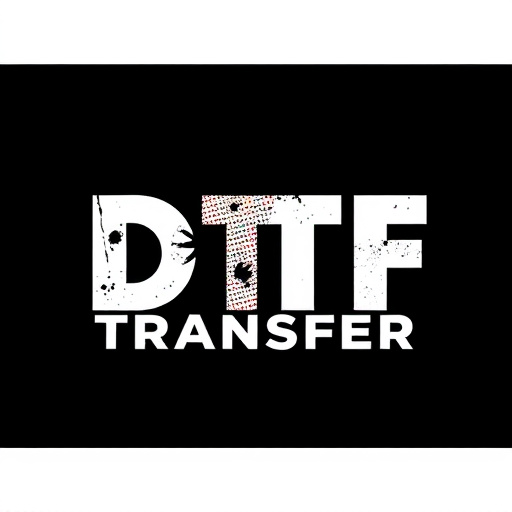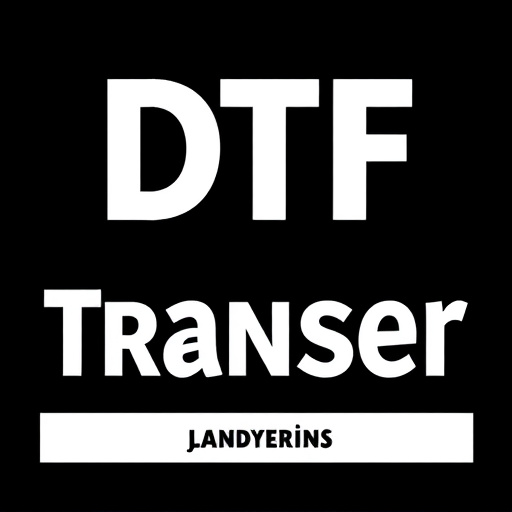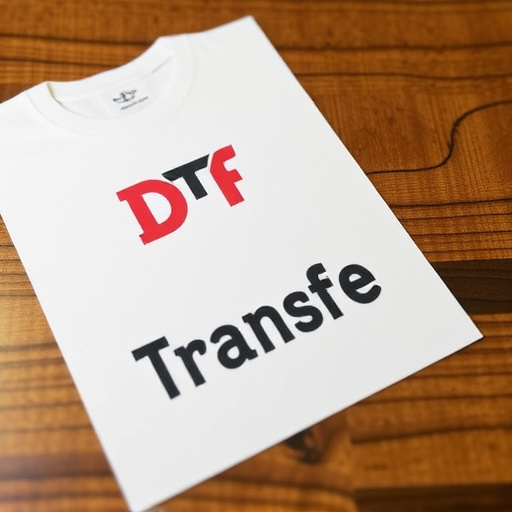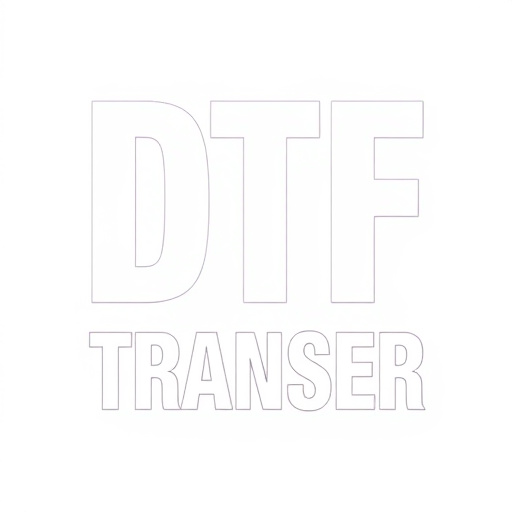Direct-to-Film (DTF) Printing is a cutting-edge technology transforming custom cap design, offering exceptional detail and vibrancy with a direct ink-to-film transfer process. This versatile method eliminates traditional intermediate steps, enabling intricate designs, vibrant colors, and crisp details on various surfaces like fabric, plastic, and metal. DTF's efficiency, consolidation of design to production, and ideal batch size make it a game-changer for businesses catering to diverse audiences seeking personalized, high-quality custom caps. Proper material selection, including specialized inks, robust carriers, and flexible films, ensures long-lasting transfers that withstand wear. Best practices for heat transfer, file preparation, material compatibility, pre-testing, and post-application curing further enhance DTF Printing's durability and longevity.
Direct-to-film (DTF) printing is transforming custom cap decoration with its specialized, direct application to the substrate. This innovative approach offers unparalleled design flexibility for caps. In this article, we explore the benefits of DTF for cap decoration, focusing on understanding the process, material choices, and crucial sizing considerations. By delving into these aspects, you’ll gain insights into how DTF printing can enhance your custom cap designs while ensuring superior print quality and longevity.
- Understanding DTF Printing: A Direct-to-Film Approach
- The Role of Specialized Transfers in Cap Decoration
- Benefits of DTF for Custom Cap Designs
- Sizing Considerations: Ensuring Optimal Print Quality
- Choosing the Right Materials for Longevity and Durability
- Application Techniques and Best Practices
Understanding DTF Printing: A Direct-to-Film Approach
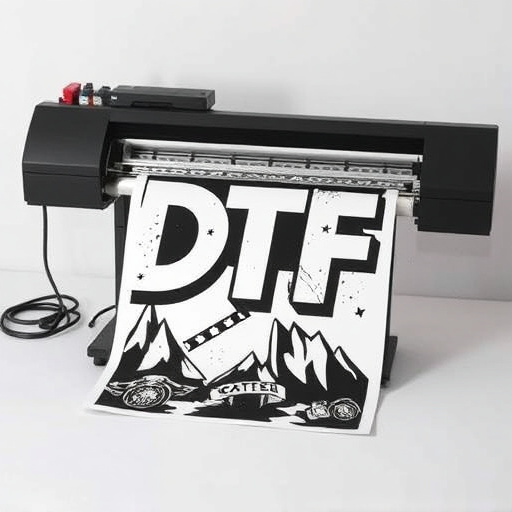
DTF Printing, or Direct-to-Film Printing, is a cutting-edge technology that has transformed the way we create and apply decorative elements to caps and other products. Unlike traditional printing methods, DTF involves transferring ink directly onto the film surface, eliminating the need for intermediate steps like etching or plate making. This innovative approach offers unparalleled precision and detail, ensuring that designs on caps are vibrant, crisp, and long-lasting.
With DTF Printing, the process begins by creating a high-resolution digital image of the desired design, which is then separated into individual color channels. Each channel corresponds to a specific ink color, allowing for complex multi-color artwork. The film, typically made from materials like polyester or polypropylene, is coated with a sensitive emulsion that reacts to light. The digitally prepared design is exposed onto this film using specialized UV lights, creating a negative mask of the image. During the printing process, ink is precisely deposited onto the film, guided by the negative mask, and then transferred onto the cap or other products through heat and pressure.
The Role of Specialized Transfers in Cap Decoration
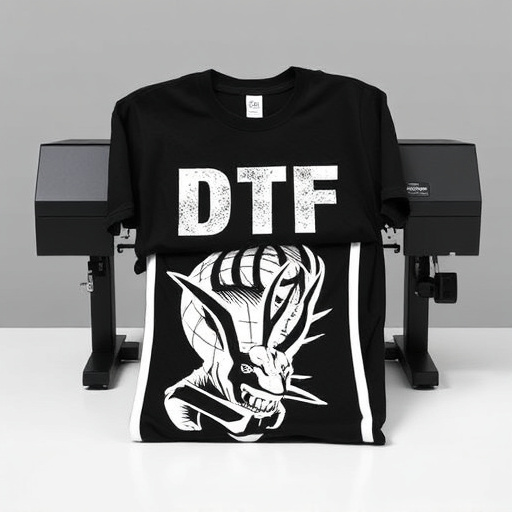
Specialized direct-to-film (DTF) transfers play a pivotal role in enhancing and personalizing cap decoration. These advanced printing techniques allow for precise, high-quality imaging directly onto various materials, including fabric, plastic, and metal. By utilizing DTF Printing, creators can achieve intricate designs, vibrant colors, and crisp details that would be challenging or impossible to accomplish with traditional methods.
Cap decoration has evolved beyond basic embroidery and silkscreening. With specialized transfers, designers have a versatile toolset at their disposal. They can effortlessly incorporate logos, graphics, text, and even photographs onto caps, making each piece unique and appealing. This level of customization caters to diverse audiences, from sports teams and marketing campaigns to fashion-forward individuals seeking expressive accessories.
Benefits of DTF for Custom Cap Designs

Direct-to-film (DTF) printing offers a game-changer solution for custom cap designs. Unlike traditional methods, DTF allows for high-quality, vibrant color reproduction directly on various types of caps, enabling designers and brands to create unique and eye-catching looks. This technique is particularly beneficial for small batch production or one-off designs, as it provides an efficient and cost-effective way to bring creative concepts to life without the need for complex set-up processes.
One of the key advantages of DTF for cap decoration is its versatility. It accommodates a wide range of design complexities, from simple text and graphics to intricate patterns and photos. Moreover, DTF printing produces soft, vivid colors and smooth finishes that enhance the overall aesthetic appeal of caps, making them stand out in any collection. This technology also streamlines the production process, as it combines design, printing, and finishing into a single step, reducing time-to-market for custom cap collections.
Sizing Considerations: Ensuring Optimal Print Quality

Choosing the Right Materials for Longevity and Durability

When it comes to specialized direct-to-film (DTF) transfers for cap decoration, selecting durable materials is paramount. The right choice ensures your designs remain vibrant and intact for extended periods, withstanding the rigors of wear and handling. Opt for high-quality printing inks that are specifically formulated for DTF applications; these inks are designed to offer superior color accuracy, fade resistance, and adhesion to a variety of cap surfaces.
Additionally, consider using robust carriers or backing materials that protect the design during production and application. A strong, flexible film ensures the transfer can be handled easily without damaging the print, making it ideal for complex, detailed decorations. Longevity also hinges on proper heat application; ensure your equipment delivers consistent, optimal heat levels to fuse the transfer onto caps seamlessly, creating a lasting bond.
Application Techniques and Best Practices
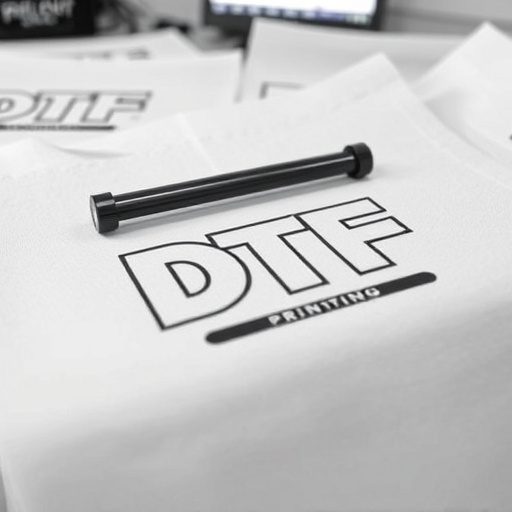
When applying specialized direct-to-film (DTF) transfers for cap decoration, several techniques and best practices ensure optimal results. The process often involves transferring intricate designs onto various cap materials, demanding precision and an understanding of material properties. One common method is heat transfer, where a film with the design is heated, allowing the image to bond with the cap surface. This technique requires careful temperature control to prevent damage to the cap or fading of colors.
Best practices for DTF Printing include preparing high-resolution digital art files and ensuring proper alignment during application. Using suitable adhesive films specific to caps enhances bonding strength. Additionally, pre-testing on similar materials helps identify any potential issues, such as ink compatibility or adhesion problems. Post-application curing under controlled conditions further improves the transfer’s durability and longevity.








